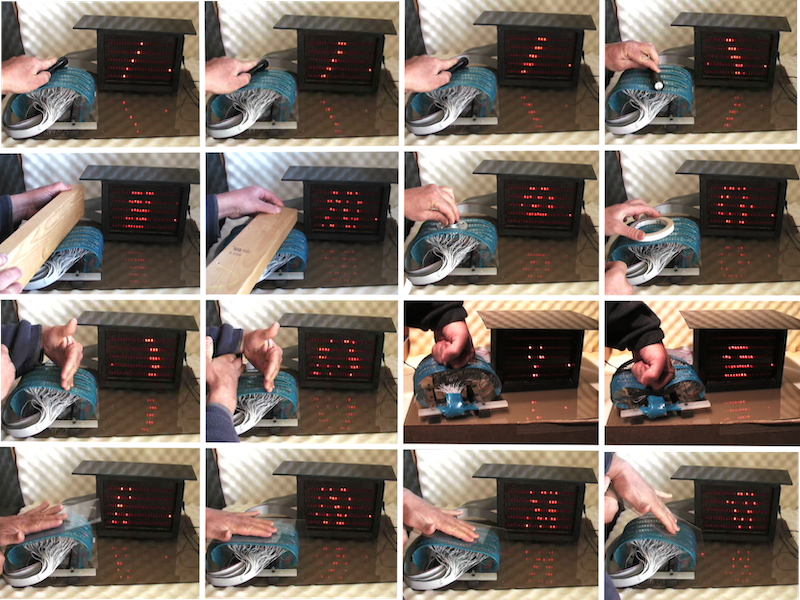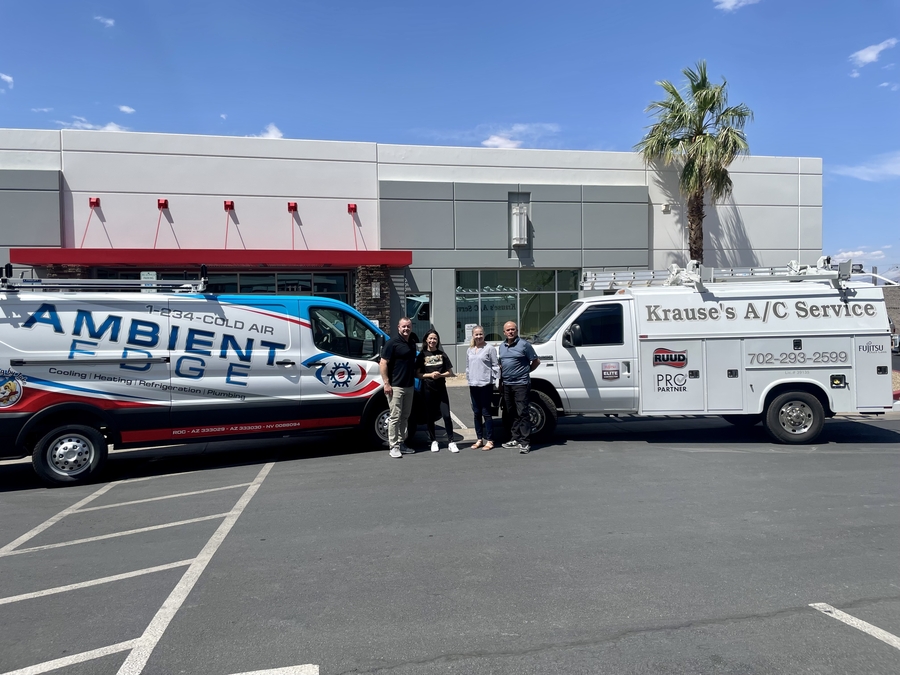Inventor says artificial intelligence can speed up development of unique paper thin contact shape sensors for a wide range of applications and advance the use of thinner stronger metals to reduce vehicle weight and fight climate change.
NEW YORK, NY, May 22, 2024 /24-7PressRelease/ — The website bistabledome.com describes how very shallow flex actuated overlapping bistable domes, or OBDs, can be used to create low cost paper thin shape digitizing sensors for soft robots, prosthetics, rehabilitation, sports training, and more. The website also claims OBDs can also be used in 2D arrays to stiffen and shape thin high strength metals to reduce weight in the transportation industry and increase fuel efficiency.
“Flex actuated overlapping bistable domes are very shallow and formed in thin high strength steel. They create structures that are considerably stiffer than the original material but only 2 or 3 times as thick in profile,” says Paul Ericson, who received two patents related to OBDs.
“The material through the middle of the overlapping domes is longer and wants to occupy a larger radius than the edges,” Ericson explains. “When bent, as long as flexural forces aren’t absorbed, OBDs pop to the outside in numbers proportional to curvature and when turned into switches can be used to measure shape and changing shape.”
“One bistable dome is a very simple structure but overlapping interconnected rows and arrays get complicated. Years ago some car companies considered OBDs for air bag seat sensors but there was no AI then,” says Ericson.
“Artificial intelligence pattern recognition capabilities make OBD shape sensors much more practical now,” says Ericson. “AI will expand the range of OBD sensor applications, which will expand uses for AI chips.”
The website suggests AI can also help the use of OBDs to shape thin metals through predictive modeling, simulation, rapid prototyping, and material research.
Two patents (expired) were granted to Ericson, one for using OBDs to sense surface flexure and another for a simple pump that pumps when bent. The website bistabledome.com explores those OBD applications as well as how they can also be used to stiffen and shape thin strong metals.
Stiffening and shaping thin high strength steel:
According to the website an array of equally bistable OBDs can stabilize in a wide range of shapes, within minimum radius limits. OBDs with a bias for one side can be used to force flat materials into desired shape, from simple tubing to 3D shape. “OBD arrays may be well suited for the gentle curves common in transportation related applications,” says Ericson.
According to Ericson OBD array stamping pressure is relatively low because they are stamped incrementally and distortion is incorporated in surrounding OBDs, making it possible for common 3D printing materials to be used for tooling and speeding up prototyping and development.
Ericson believes an impact printer stamping OBDs of different characteristics could produce a wide range of curvature and reduce tooling requirements for small scale production or prototyping.
According to the website bistability allows OBD structures to be produced and stored in a flattened form.
“Coatings and glues can be used to influence OBD bistability to increase stiffness or to control shape, flexibility, and resistance to deflection,” says Ericson. “Laminates of OBD layers can be very strong for their weight and could help reduce structural framing for vehicles, boats, containers, etc. The SpaceX Starship could use multiple thinner OBD layers that would add strength while reducing weight, for instance.”
Bend and shape sensors:
According to Ericson OBDs can be turned into on/off contact switches with paper thin flexible circuitry. When kept parallel to a stiffer flexible surface a row of OBD switches becomes a bend or 2D shape sensor capable of indicating where, how much, and in which direction from flat the surface is deformed, regardless of its position in space.
“Multiple rows or grids of 2D OBD sensors can produce 3D shape information in digital form. AI is the perfect tool for interpreting digital OBD patterns for object identification and measuring curvature, displacement, impact, force, motion, pressure, timing, position, weight, and fluid motion, for instance,” says Ericson.
According to the website applications include softer, safer robots, smart tires and safety bumpers, measuring pressure and positioning for prosthetics, rehabilitation and gait analysis tools, car seat sensors for triggering airbags, athletic and sports training tools, and more.
“OBD sensors can also complement and help calibrate remote sensing and open possibilities where remote sensing is impractical or impossible,” claims Ericson.
Low resolution 2D and 3D sensor prototypes are demonstrated at the bistabledome.com website.
A pump that pumps when bent:
OBD pumps are very simple and made with a single OBD or a row of OBDs, a flexible housing, and check valves. They can be made in a wide range of scale and utilize natural or mechanical motion to pump. Ericson believes large OBD pumps can use water motion for erosion control, remove unwanted sediment, pump cool water over corals, and possibly desalinate saltwater.
The short video below demonstrates OBD behavior in rows and arrays.
For more information visit bistabledome.com.
—
For the original version of this press release, please visit 24-7PressRelease.com here





